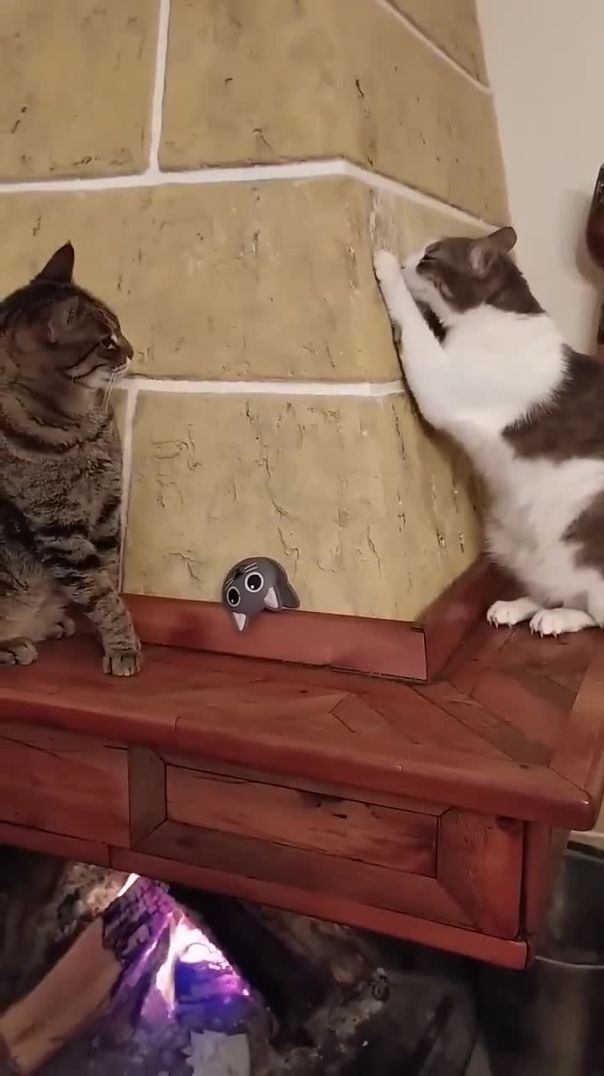18 Views· 07 December 2022
Here's What Happens After an Elephant Dies | Nat Geo Wild
Elephant carcasses briefly become busy ecosystems of their own.
➡ Subscribe: http://bit.ly/NatGeoWILDSubscribe
#NatGeoWILD #Elephants #Death
About National Geographic Wild:
National Geographic Wild is a place for all things animals and for animal-lovers alike. Take a journey through the animal kingdom with us and discover things you never knew before, or rediscover your favorite animals!
Get More National Geographic Wild:
Official Site: http://bit.ly/NatGeoWILD
Facebook: http://bit.ly/NGWFacebook
Twitter: http://bit.ly/NGWTwitter
Instagram: http://bit.ly/NGWInstagram
This African elephant is on the verge of death. It was likely tusked in its side by another male elephant during a fight. What happens next reveals how enormously important an elephant is to its ecosystem. Elephants arrive on the scene to mourn the loss of their fellow elephant. The mourning process includes “body-mounting,” in which they climb on the carcass. They also mourn by walking backwards towards the body, often touching it with their hind foot. They will explore the body with their trunks and front feet. Whether elephants culturally transmit and learn these actions is part of an ongoing study. Hyenas arrived overnight and opened the belly of the carcass, tearing through the tough elephant hide. This gives the opportunity for white-backed vultures to feed.
Vultures don’t have strong enough beaks to tear through the elephant's hide, so they have to wait in line behind the hyenas. While sad, these deaths are crucial for ecosystems. These feasts can be life saving for vultures, whose populations have plummeted worldwide as humans have changed their habitats and poisoned them. A leopard comes to investigate but decides to eat elsewhere. Elephant carcasses briefly become busy ecosystems of their own. Apart from scavenging, there’s a full community of decomposers like maggots that chow down on anything the bigger scavengers don’t get to quickly enough. A carcass site becomes soaked with blood and fluids that are released during decomposition, creating a fertile patch of ground as microbes release nutrients into the soil.
Scientists use carcass counts for keeping tabs on elephant population health. So not only does this elephant's carcass provide a highly beneficial service to the surrounding ecosystem ... it may ultimately help with science and elephant conservation.
Read more in "Watch What Happens When Scavengers Find a Several-Ton Carcass"
https://on.natgeo.com/2O3Nlda
Learn more about African Elephant:
https://on.natgeo.com/2OnisFd
Here's What Happens After an Elephant Dies | Nat Geo Wild
https://youtu.be/FV-d-WoiFzU
Nat Geo Wild
https://www.youtube.com/user/NatGeoWild



























0 Comments